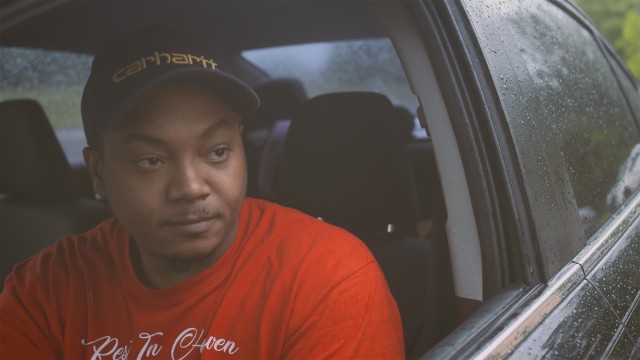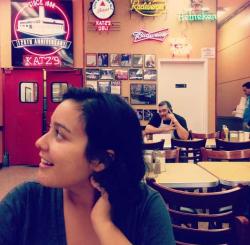For a rural Black community in Alabama, where the nearest hospital is almost 40 miles away and most people do not have a car, Spring of 2021 was a testing time. COVID vaccines needed to be administered and convenience store owner Ms. Dorothy Oliver wanted to make sure everyone in her town of Panola got one, by organizing a community-led effort to bring the vaccine to them. With their documentary The Panola Project, directing duo Rachael DeCruz and Jeremy S. Levine might have found one of the most authentic and uplifting COVID stories we’ve seen so far. Driven by their main participant’s infectious (too soon?) positive energy and resilience, the film provides proof that there is always light in dark times and shows the importance of celebrating unsung heroes.
“She immediately welcomed us like family”
DeCruz and S. Levine were living an hour away from Panola, in Alabama, one of the states with the lowest vaccination rates in the US. Looking for a little hope, in the aftermath of January 6th, they heard of Ms. Dorothy, operating her COVID vaccination drive from her store. “When we walked in, Dorothy was literally on the phone trying to get someone in town to sign up to get the vaccine” DeCruz recalls about their first meeting. From this moment, the filmmaking pair knew they had to make a film about her and her work, with DeCruz explaining that “she immediately welcomed us like family”.
By now we are all tapped out of COVID films, but in The Panola Project, COVID is merely a pretext to not only capture the atmosphere of Panola, with remarkable visual flair, but also shed the light on heroic community leaders in areas forgotten by media coverage and overlooked by systemic inequalities. To transport us to Panola, the filmmakers use a verite approach to capture the genuine dynamic of the place and the closeness of the community. The cinematography painting the town through a welcoming lens, with warm colors that are welcoming but also somewhat nostalgic, rooting the location in the past to some extent and helping to show how isolated it is from the rest of the world.

The film not only introduces us to Ms. Dorothy and Ms. Drucilla Russ-Jackson, but to the inhabitants of Panola as they come for their vaccine.
Throughout the film’s 17-minute duration, we get to spend time with its participants and really come to understand Ms. Dorothy and Ms. Drucilla Russ-Jackson’s roles within their community. It becomes apparent quite early on that a lot (too much) relies on their shoulders and this is perfectly translated in the film as their drive dictates the pacing of the film. Composer Jermaine “Maineframe” Fletcher scores the film in such a remarkable way, the music capturing the many facets of this story – the urgency of the situation, the passion those women bring to their community, the ups and downs of their endeavor – while always keeping their joy and hope at the forefront of the narrative.
Despite the film being an incredibly engaging and entertaining watch, all these layers add a depth to the short that stays with its viewers long after the credits. Obviously, these women are incredibly inspiring and forces to be reckoned with, but The Panola Project also says a lot about how forgotten rural Black communities are. Capturing the strength that can come from the wish to protect your own, it is a welcome reminder that personal, respectful human to human conversations are much more impactful than online arguments.
The Panola Project premied online with The New Yorker and has been quite successful on the festival circuit, including a Sundance 2022 selection. DeCruz and S. Levine are now working on a feature documentary Nine, that follows a Black 53-year old community leader, as he fights to get his former cellmate out of prison and pass legislation to reinstate parole in Washington State. S. Levine is also developing various other projects, including a personal documentary-horror, a hybrid film highlighting the deep bond between two men who met in prison and the story of a former white supremacist turned vagabond clown.

 Céline Roustan
Céline Roustan